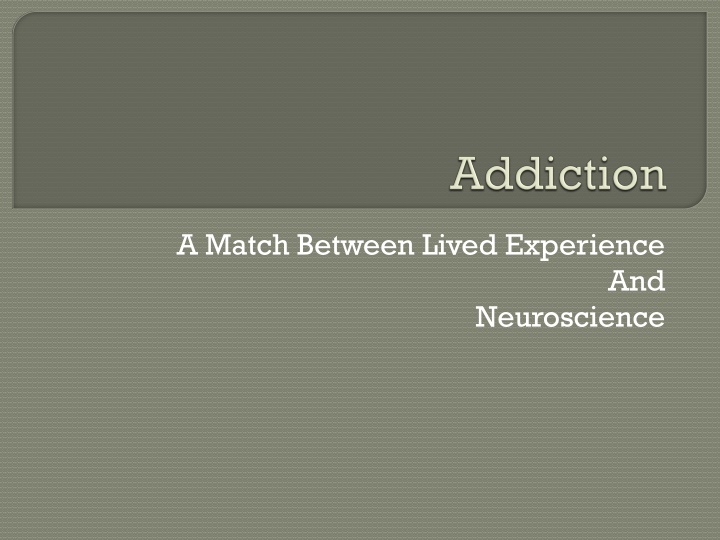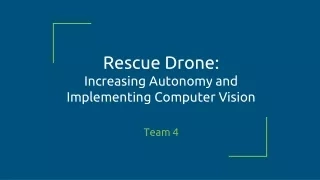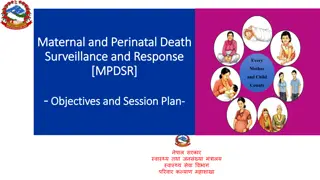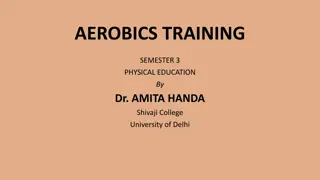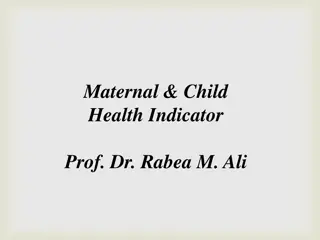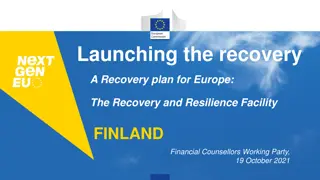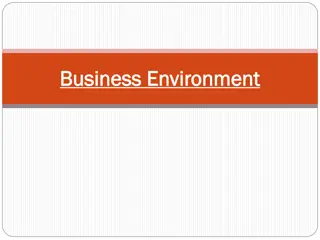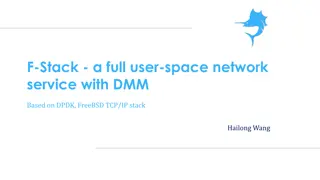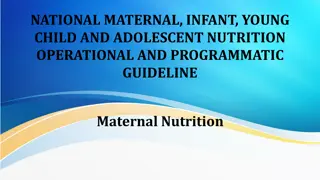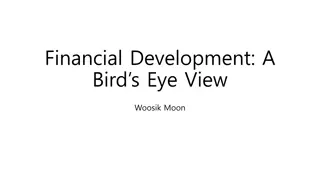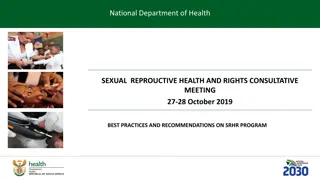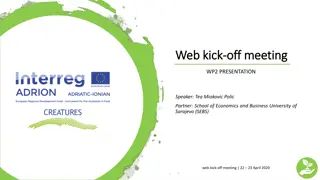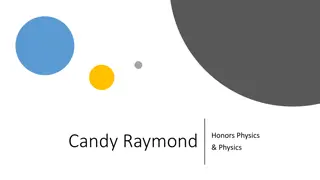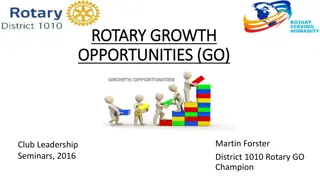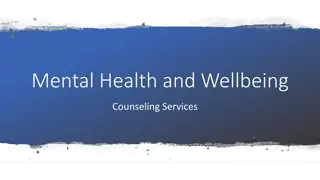And
Delve into the interplay between lived experience and neuroscience in addiction, exploring the three key brain areas involved - Basal Ganglia, Extended Amygdala, and Prefrontal Cortex. Understand the reinforcement mechanisms driving initial and continued substance use, along with the impact on the brain's reward system. Discover how drugs activate the brain's reward system and the role of triggers in substance seeking behavior.
Download Presentation

Please find below an Image/Link to download the presentation.
The content on the website is provided AS IS for your information and personal use only. It may not be sold, licensed, or shared on other websites without obtaining consent from the author.If you encounter any issues during the download, it is possible that the publisher has removed the file from their server.
You are allowed to download the files provided on this website for personal or commercial use, subject to the condition that they are used lawfully. All files are the property of their respective owners.
The content on the website is provided AS IS for your information and personal use only. It may not be sold, licensed, or shared on other websites without obtaining consent from the author.
E N D
Presentation Transcript
A Match Between Lived Experience And Neuroscience
There are three areas implicated in addiction 1. The Basal Ganglia: involved in Binge/Intoxication 2. The Extended Amygdala: involved in Withdrawal/Negative Affect 3. The Prefrontal Cortex: involved in Preoccupation/Anticipation From: Finding Addiction in America: The Surgeon General s Report on Alcohol Drugs and Health U.S. Department of Health and Human Services 2016
1) Initial use may begin with a moment of impulsivity, the person tries the substance 2) Continued use depends on the effect of the substance on the person a) The experience is pleasurable and so the use is positively reinforced b) The experience removes something dis- pleasurable and so the use is negatively reinforced
Could come directly from the effects of the drug: The drug experience is enjoyable Could come from other consequences of the drug use such as: acceptance from a peer group Being with others
Could come directly from the effects of the drug Relief from painful emotional experiences such as Stress, Anxiety, or Depression Could come from other consequences of drug use such as: Relief from social isolation Relief from feelings of being different
The Brains reward system rewards eating and sex which ensures the survival of the species through the release of Dopamine which provides us with a sense of pleasure All drugs of abuse effect this system by prompting the release of Dopamine The brain then equates these drugs with survival
Drugs and alcohol activate this system Stimuli associated with drugs or alcohol use also activate this system These stimuli become triggers or cues to use and promote substance seeking and substance use The triggers themselves cause a release of Dopamine which increases the desire to seek the drug
The release of Dopamine is reduced in people taking drugs or alcohol The desire for the release of dopamine causes habit formation, because the habit of using is reinforced by the release of dopamine The habit eventually leads to compulsion to avoid the negative consequences of not using which is the reduced release of dopamine
The Brains Stress System When activated it produces: Corticotrophin Releasing Factor (CRF) Norepinephrine Dynorphin These produce: Depression Anxiety Irritability
Tolerance: Drug and alcohol use effects on dopamine diminish over time and more is required to achieve the same effect When drugs or alcohol are not taken there is little release of dopamine and the person experiences Anxiety, Depression and Irritability because the stress system is activated
Negative feelings that accompany withdrawal strongly motivate continued substance use Taking substances relieves the negative feelings of withdrawal Withdrawal symptoms increase over time
Controls our Executive Functioning The ability to organize thoughts and activities Prioritize tasks, manage time, make decisions Regulate one s actions, emotions and impulses
The Go System: is often used to engage in behaviors that help us achieve goals Activity here increases the urge to repeat the behaviors that are pleasurable Increases dramatically in the presence of substance related triggers or cues Increases the habit response system so that behaviors become automatic and subconscious
The Stop System: Inhibits the activity of the Go System Controls habit responses Reduces the ability of triggers or cues to produce relapse Controls the brain s stress and emotional system
People with substance abuse disorders have impairments in executive functioning They have increased activity in the Go System They have decreased activity in the Stop System People with substance abuse disorders and people with PTSD have smaller volume in the Prefrontal Cortex
Genetics Mental Health Trauma History (ACE Studies) Personality Social Support Sense of Self Connection to Others Resiliency Age of use, length of use, poly-drug use Attachment history Previous head injury or a compromised brain
Adolescents have greater risks associated with use because they have an undeveloped prefrontal cortex Heavy use can affect the development of their brains Those who have more severe long term use may have had pre-existing differences in the volume of their prefrontal cortex Co-Occurring mental health issues are common in people with Substance abuse disorders particularly PTSD
17,000 people participated Adverse Events: 1. recurrent physical abuse 2. recurrent emotional abuse 3. contact sexual abuse 4. alcohol and/or drug abuse in household 5. incarcerated household member 6. family member chronically depressed, mentally ill or suicidal 7. mother treated violently 8. one or no parents 9. physical neglect 10. emotional neglect
Resulting Health Risks 1. Cardiovascular disease 2. Cancer 3. Heart Attacks 4. High Blood Pressure 5. Stroke 6. Diabetes 7. Weight Gain 8. Exhaustion 9. Reduced Growth Hormone Levels 10. Compromised Immune Function 11. Bone Loss 12. Addiction 13. Mental illness
Unhealthy ways of coping with childhood adversity
The Brain Story: 1. The brain s early development is affected by experience 2. Good Mothering buffers the effects of stress 3. Excessive early life stress affects the brain s development 4. Long exposure to stress damages the brain and increases risk of a range of physical and mental disorders 5. Early life stress is associated with reduction in volume of hippocampus and the prefrontal cortex 6. Both of these are involved in managing the stress response 7. When the stress response stays on, stress hormones cause damage 8. Unhealthy behaviors are engaged in as a response to long term Stress 9. Acute stress has direct effects on the body
Brain Architecture The experiences we have in the first years of our lives affect the physical architecture of the developing brain Because brains are built in stages with more complex structures built on simpler structures the early years are important Good Brain Development is facilitated by exposing children to positive nurturing interactions at a young age
Serve and Return Serve and return interactions with children build a solid brain foundation This is done through the various forms of communication that pass back and forth between parents and their children These interactions are the bricks that build a healthy foundation for all future development They are crucial for a young person s developing years
Toxic Stress Stress is one factor that shapes Brain Architecture in the developing child Traumatic events experienced without supportive caregivers subject children to toxic stress Examples of toxic stress include abuse, neglect, parental addiction, violence or chaotic environments Early exposure disrupts brain development and leaves children at risk for physical and mental health issues
Air Traffic Control Executive Functions such as integrated cognitive, social and emotional skills require strong brain architecture The child s brain acts like a control tower allowing them to pay attention, plan ahead, deal with conflicts and follow rules Strong skills in this area help children regulate the flow of information, prioritize, and find ways to manage stress
Resilience This is the ability to stay healthy in the presence of severe stress It requires a strong foundation built into the brain architecture and through air traffic control skills When toxic stress experiences outweigh positive supports, negative life outcomes can result Resilience can be built at any stage of life but it is easiest to build in early childhood
Increased Blood Glucose > Excessive insulin secretion, Type 11 Diabetes Increased Blood Pressure > Hypertension, coronary heart disease Modulation of immune system> Vulnerability to inflammatory diseases, Asthma, Arthritis Reduced Motivation for rewarding stimuli > loss of interest, depression Vigilance and arousal > Hyperarousal and anxiety disorders Consolidation of aversive memories > Preponderance of aversive memories, PTSD
